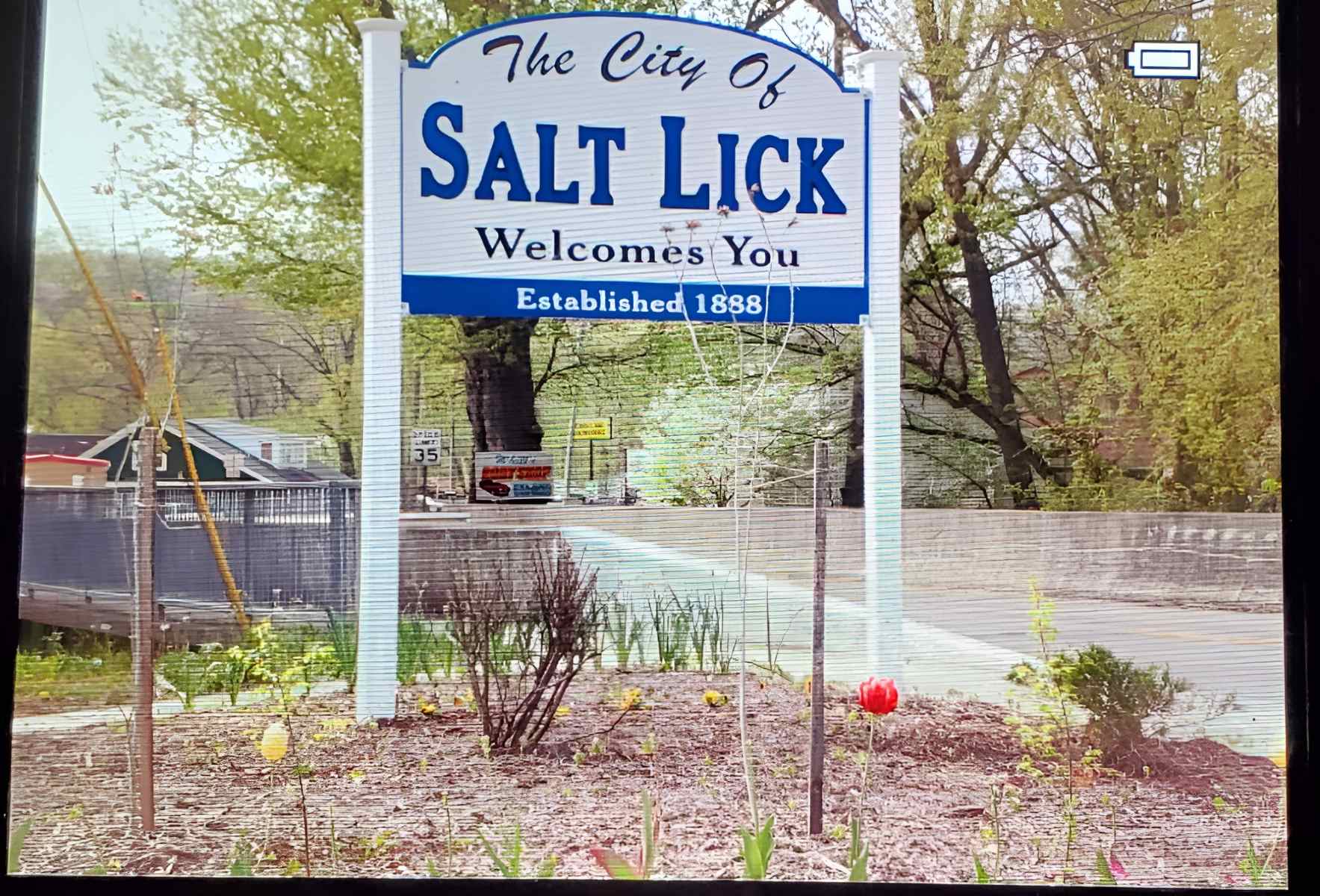Hidden History Of Kentucky’s Salt Licks

Have you ever wondered why Kentucky is called the Bluegrass State? One reason lies in its rich history, especially the hidden history of Kentucky's salt licks. These natural salt deposits played a crucial role in the lives of Native Americans, pioneers, and even wildlife. Early settlers discovered that animals, from deer to bison, flocked to these salt licks, making them prime hunting grounds. Over time, these spots became gathering places for communities, leading to the development of towns and trade routes. Understanding the significance of these salt licks offers a unique glimpse into Kentucky's past and its development. Ready to learn more? Let's dive in!
Kentucky's Salt Licks: A Glimpse into the Past
Kentucky's salt licks have a rich history that dates back centuries. These natural salt deposits were crucial for both wildlife and early settlers. Let's explore some of the most significant salt licks in Kentucky and their historical importance.
Blue Licks Battlefield State Resort Park
Blue Licks Battlefield State Resort Park is not just a beautiful park but also a site of historical significance. This area was a major salt lick and the location of one of the last battles of the American Revolutionary War.
- Blue Licks Battlefield: This site marks the location of the Battle of Blue Licks, fought in 1782. It was one of the last battles of the American Revolutionary War and a significant event in Kentucky's history.
- Salt Springs: The natural salt springs here attracted both wildlife and Native American tribes long before European settlers arrived.
- Pioneer Museum: The museum at the park offers exhibits on the history of the area, including its importance as a salt lick.
Big Bone Lick State Historic Site
Known as the "Birthplace of American Vertebrate Paleontology," Big Bone Lick State Historic Site offers a fascinating look into the prehistoric past.
- Big Bone Lick: This site is famous for its large deposits of prehistoric animal bones, including mammoths and mastodons, which were drawn to the area by the salt licks.
- Discovery Trail: The trail provides an educational walk through the park, highlighting the geological and historical significance of the salt licks.
- Museum and Visitor Center: The center offers exhibits on the paleontological discoveries made at Big Bone Lick and the history of the salt licks.
Drennon Springs
Drennon Springs, located in Henry County, was once a bustling resort town known for its mineral springs and salt licks.
- Drennon Springs Resort: In the 19th century, this area was a popular resort destination, attracting visitors seeking the health benefits of the mineral springs and salt licks.
- Historical Markers: Several markers in the area provide information about the history of Drennon Springs and its significance as a salt lick.
- Natural Springs: The natural springs in the area continue to flow, offering a glimpse into the past when these waters were highly valued.
Salt River
The Salt River, flowing through central Kentucky, played a crucial role in the state's early history due to its salt licks.
- Salt River: The river itself was named for the numerous salt licks found along its banks, which were essential for early settlers and wildlife.
- Pioneer Settlements: Many early settlements in Kentucky were established near the Salt River due to the availability of salt from the licks.
- Historical Sites: Various sites along the river offer insights into the early history of Kentucky and the importance of salt licks in the region.
Boonesborough
Boonesborough, one of Kentucky's first settlements, was established near a significant salt lick.
- Fort Boonesborough: Founded by Daniel Boone and other settlers, this fort was strategically located near a salt lick, providing a vital resource for the early pioneers.
- Salt Lick Trail: The trail leading to the salt lick is still accessible, offering a historical walk through the area.
- Living History Museum: The museum at Fort Boonesborough State Park provides reenactments and exhibits on the early history of the settlement and its reliance on the nearby salt lick.
Salt Lick Creek
Salt Lick Creek, located in Bath County, is another area with a rich history tied to its natural salt deposits.
- Salt Lick Creek: The creek was named for the salt licks found along its banks, which were crucial for both wildlife and early settlers.
- Historical Significance: The area around Salt Lick Creek was an important hunting ground for Native American tribes and later for European settlers.
- Recreational Opportunities: Today, the creek and surrounding area offer various recreational activities, including hiking and fishing, while also providing a glimpse into the past.
Kentucky's Salt Licks: A Glimpse into the Past
Kentucky's salt licks offer more than just a natural resource. They provide a window into the state's rich history. From Native American tribes to early settlers, these sites have been crucial for survival and trade. Visiting these locations today, you can almost feel the past come alive. The Buffalo Trace and Big Bone Lick are just a couple of examples where history and nature intersect beautifully. Exploring these areas, you gain a deeper appreciation for Kentucky's heritage. Whether you're a history buff or just love the outdoors, these salt licks are worth a visit. They remind us of the importance of natural resources and how they shaped the lives of those who came before us. So next time you're in Kentucky, take a moment to explore these hidden gems. You'll walk away with a newfound respect for the state's fascinating past.

